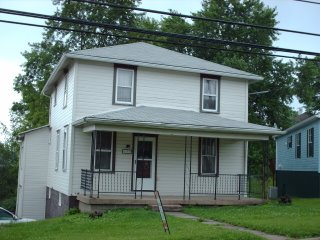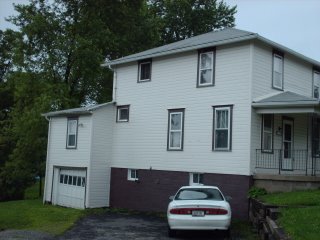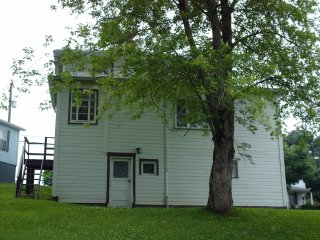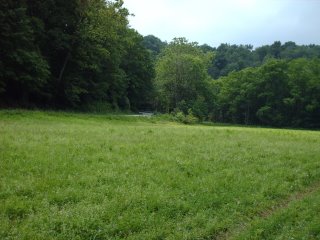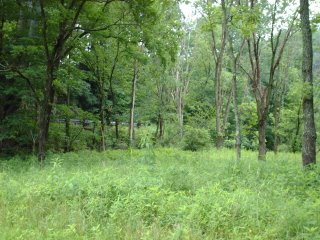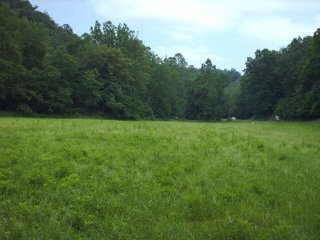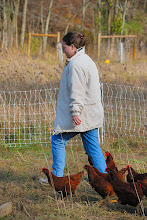Now that we are in our new house (see
Corvus's blog for details), I suspect that most of my posts will now be about the renovations and repairs that I am doing.
A few days ago I noticed that the drain pipe near the basement stairs was leaking just a little, particularly when large amounts of water were draining at once (such as emptying the bathtub). According to the book "Renovating Old Houses," the way to fix it was to apply a "bandage" of alternating layers of cloth and plaster of Paris. So today we went to Lowes and bought plaster and a putty knife to apply it with. I quickly learned that a putty knife doesn't work well when applying plaster to a curved surface such as a pipe. I ended up just scooping it up and smoothing it with my fingers (protected inside rubber gloves, of course). The bandage seems to be working nicely.
When we first moved in, all of the windows had been caulked shut by the previous tenants. According to the neighbors, this was in an effort to keep warm. Now, I don't know how warm they were trying to keep the house, but caulking the windows isn't going to help much. At first, Corvus and I were thinking that we'd need to completely replace the windows, but now I'm not so sure. I've been reading up renovating old windows, and I think it's doable.
I've been taking the windows apart and removing the sashes in order to scrape the caulking off. Of course the sash cords are all broken, so the windows are difficult to lift and don't stay up without being braced. Also, the cord pulleys have all been painted over, and in some cases the opening was stuffed with newspaper before hand. I was beginning to get a bit worried that the counterweights would be missing, because those aren't available anymore (except at antique shops and the like). However, tonight I opened up the access panel in one of the windows and found that the weight was still there, frayed cord and all. So I think it's likely that the rest of the windows still have their counterweights too.
I'm actually getting pretty excited at the thought of renovating these windows. I'd much rather preserve the look of the house than have brand new windows that will look out of place.
